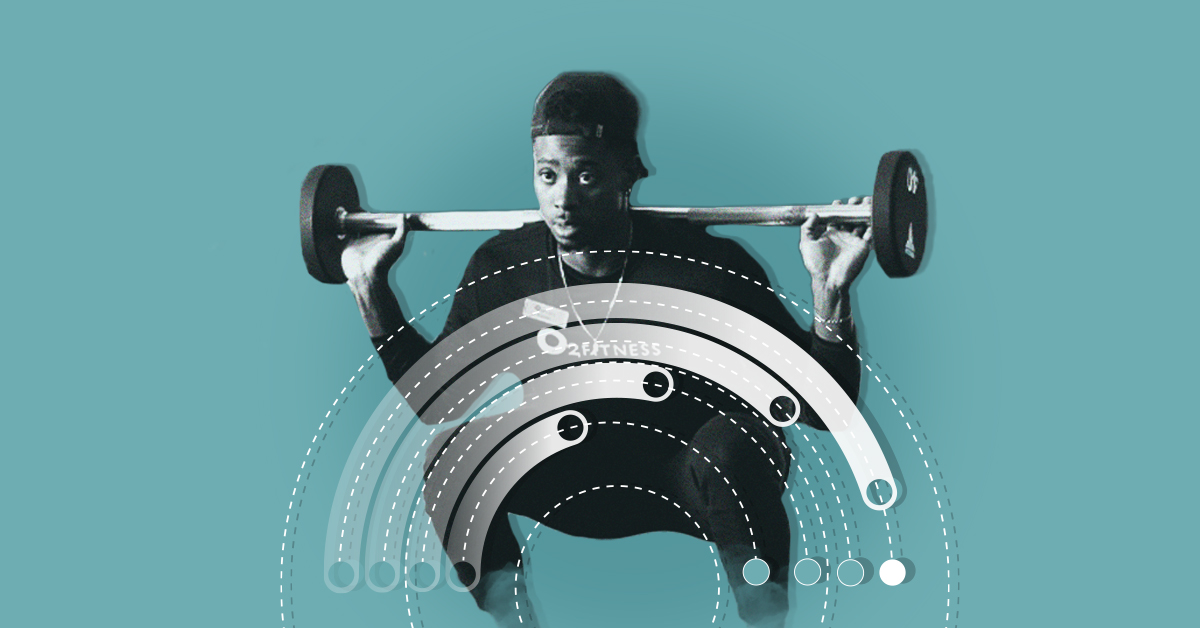Once you've conquered bodyweight, banded, and weighted glute exercises, it's time to level up your strength training with the power rack!
But using new equipment can be daunting. That's why we've got our trainers, Ben Payne and Griffen Glover, to guide you through it. Join them as they demonstrate setting up the Hammer Rack for squats. Plus, they'll also go over how to bail out to avoid possible injuries safely!
Setting Up for Squats at the Hammer Rack
Ben's Tips for Proper Squat Set-Up:
- Before you squat, warm up your glutes, hips, and core with exercises like glute bridges and other stretches that activate this area of the body.
- Set the bar a little bit lower than the height of your traps so that you will be able to lift and walk the bar out of the rack for your squats.
- Focus on spreading your toes and pressing your whole foot onto the floor, not just your heels.
- Brace your core as you lift the bar up and while you squat.
- When re-racking, hit the rack with the bar before lowering it down onto the hooks. This will ensure that the bar will slide onto the hook and not slip off the rack.
Proper Squat Bail-Out: Option 1
For this bail-out option, you will need to check that safety bars are attached to the Hammer Rack. If there are no safety bars, you can choose to use bail-out option 2 or ask our personal training team to help you attach safety bars to the rack.
Proper Squat Bail-Out: Option 2
For this bail-out option, there is no need for safety bars on the squat rack. Remember to simultaneously push the bar back and quickly move forward when using this bail-out option!
Takeaways
Like dumbbells, kettlebells, and resistance bands, the Hammer Rack is a great strength training tool to incorporate into your workout routine. Ben and Griffen did a great job explaining how to set up and safely use the equipment, but there are two other major ways to ensure you won't fail at the squat rack.
First, nail down your form! Having good squat form will keep you from tipping over, risking injury, and help you get the most out of this weighted exercise.
Second, don't lift too heavy or do too many reps. Starting with a lower amount of weight and then adding or removing weights as necessary will be the best practice when starting at the squat rack.
Want more tips like this? Schedule a personal training session with one of awesome personal trainers in person or online. (After all, your first 2 personal training sessions are free!)









.jpeg)
.jpg)
.jpg)